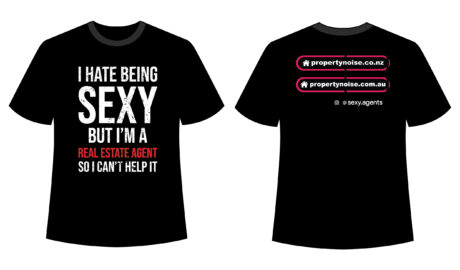PHOTO: Would you like a granny flat with that?
REPUBLISHED WITH PERMISSION API MAGAZINE
When it comes to property investing, you’d be hard pressed to see a better example of success than fast food giant McDonald’s.
While most think their business is about Big Macs and thick shakes, the mega international company actually makes most of its money from real estate.
It is property investment that has helped McDonald’s grow its bottom line so substantially since the early sixties.
McDonald’s is a perfect example of an organisation following the golden rule of property investing – buy land.
Generally that land needs something on it to help generate income and in the case of McDonald’s that is restaurants and Golden Arches.
McDonald’s owns the majority of its restaurant properties and leases them back to franchisees. It rakes in billions in rent every year and the properties keep growing in value.
While most property investors aren’t in a position to buy as many assets as McDonald’s, it is still a model that even individual investors can emulate, if on a smaller scale.
The success of McDonald’s real estate strategy comes down to land use.
A typical McDonald’s property consists of 2,000 to 4,000 square metres of land on a busy main road. This was originally to allow for enough parking when most diners ate inside the restaurant.
The restaurant itself only took up around 500 sq m of land. That meant they were using less than 25 per cent of the area of the land (called ‘site cover’).
McDonald’s added drive throughs in the late seventies, which required an extra 300 square metres around the perimeter of the restaurants – increasing site cover to around 40 per cent – but also delivering a 25 per cent increase in income.
In the 1990s, McDonald’s opened its first McCafe, which required an extra 100 square metres, increasing its site cover to around 50 per cent and increasing total revenue by 50 per cent.
If you’ve been adding up the numbers, a McDonald’s restaurant today takes up roughly 900 square metres on a 2,000 square metres block of land and has nearly doubled its revenue through the additions of drive through and McCafes.
Upsizing your property
When it comes to investing in real estate the strategy is no different.
Buy land in fast growing areas; a growing population supported by plenty of jobs and good existing and future planned infrastructure.
Build a standard three- or four-bedroom home on that land, which works out to be about 180 square metres on a 400 square metre block – less than 50 per cent site cover.
In time adding a granny flat will deliver an extra 100 square metres and increase the rental income by 50 per cent.
You can take if further, potentially adding a ‘Fonzie flat’ on top of the garage, which without taking up more land could increase the rental income by another 50 per cent.
The garage presents another opportunity. It could be converted into a self-contained unit or even home office, increasing rental income by another 50 per cent.
All of those increases occur before you even factor in that land is a finite resource, so investors who secure land in the right location will get capital growth.
Between 1980 and 2020, the cost per square metre for a block of land in Sydney increased from $63 to $1280, in Melbourne from $28 to $816, Brisbane from $17 to $604, Perth from $37 to $573 and Adelaide $11 to $395.
Land is the best performing asset class in Australia; get the right land and your asset will grow in value.
Do what McDonald’s has done so successfully over the years and supersize your investment portfolio by using the equity you’ve amassed on that first property to buy the next and then the next.
MOST POPULAR
 ‘Unacceptable’: top real estate agents axed
‘Unacceptable’: top real estate agents axed Former olympian starts a new career with Barfoot & Thompson
Former olympian starts a new career with Barfoot & Thompson Candy Lane’s multi-million-dollar Mt Eden home for sale
Candy Lane’s multi-million-dollar Mt Eden home for sale Toy billionaire Anna Mowbray and Ali Williams’ secret weapon in new home build
Toy billionaire Anna Mowbray and Ali Williams’ secret weapon in new home build Melissa Caddick’s parents and husband face being HOMELESS | AUSTRALIA
Melissa Caddick’s parents and husband face being HOMELESS | AUSTRALIA Abandoned land for sale
Abandoned land for sale Queenstown lodge sells for more than $25m
Queenstown lodge sells for more than $25m House prices tipped to drop in most major cities this year
House prices tipped to drop in most major cities this year Reserve Bank lifts OCR
Reserve Bank lifts OCR The Aussie real estate industry: Where bullying, assault and mental health issues are rife
The Aussie real estate industry: Where bullying, assault and mental health issues are rife















